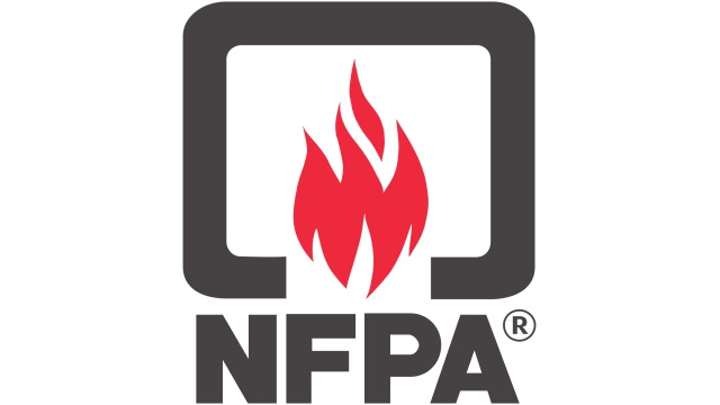
3.25.20 – SIW –
Organization urging officials to ensure such systems are maintained in all commercial and multi-occupancy residential buildings throughout COVID-19 pandemic
As government officials on all levels across the globe issue travel directives and ask non-essential employees to work remotely during the pandemic, once fully occupied buildings are near vacant or dramatically underused. The National Fire Protection Association (NFPA), a global leader in fire, life and electrical safety, urged officials to ensure that fire protection and life safety systems be maintained in all commercial and multi-occupancy residential buildings throughout this global pandemic. They further urge that the personnel and vendors that service those systems be deemed essential.
“While communities are rightly focused on dealing with the pandemic, we cannot put additional strain to our overburdened emergency response capabilities, by not ensuring buildings are protected with the very equipment that saves lives and property,” said NFPA President and CEO Jim Pauley. Pauley said, “First responders rely on commercial and multi-occupancy residential buildings in their communities to have a full array of fire and life safety systems such as working fire detection, alarms and sprinkler systems.”
In order to avoid exasperating the current environment by compromising fire and life safety, and leaving buildings vulnerable to vandalism, NFPA recommended the following key items:
- All commercial and multi-occupancy residential buildings should maintain fully operational fire and life safety systems as required by the applicable codes and standards.
- Those responsible for these buildings should adhere to the expected schedules for inspection, testing, and maintenance that are vital to their operation. If they are unable to do so, they should contact their local authority having jurisdiction.
- Public and private employees who perform the inspection, maintenance and other responsibilities for these systems should be deemed essential workers.
The full guidance also contained information related to health care facilities, buildings under construction and emergency power systems. “By all accounts we still have a long way to go before we are able to return to some sense of normalcy,” said Pauley. “The need for buildings to be safe and the systems within them to be operational is and will continue to be critical to public and first responder safety.”
For this release and other announcements about NFPA initiatives, research, and resources, please visit the NFPA press room.
More information from NFPA on COVID-19 can be found at a dedicated page on the NFPA website.
